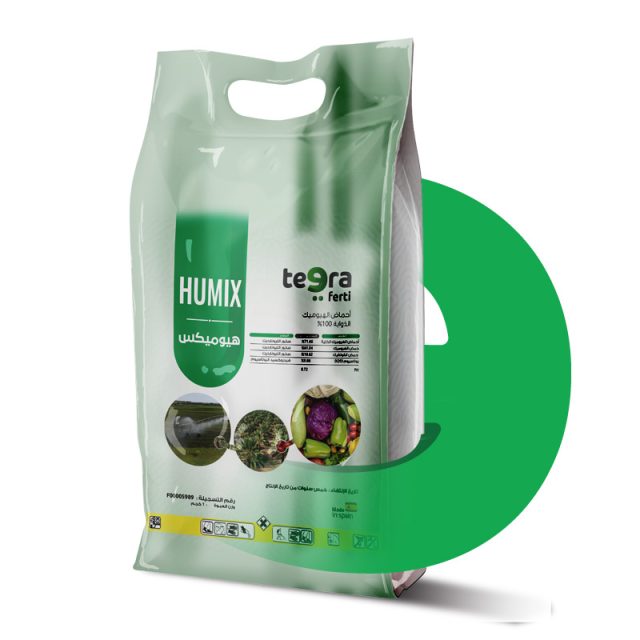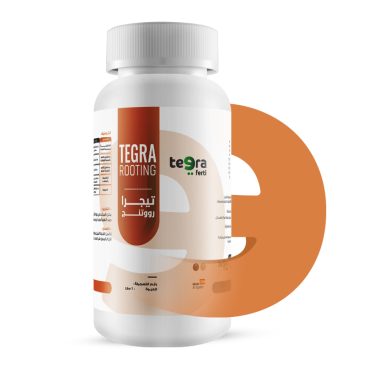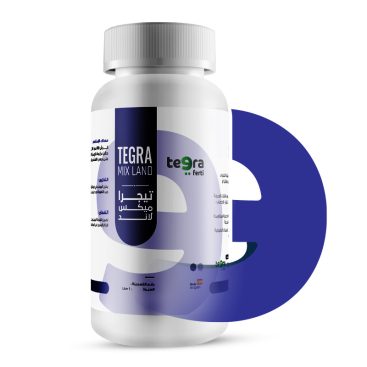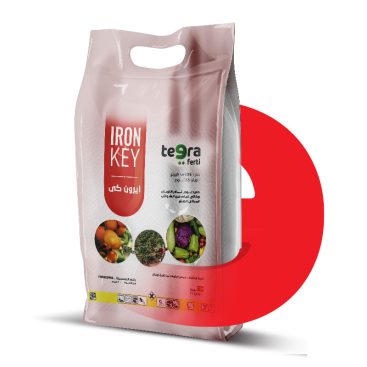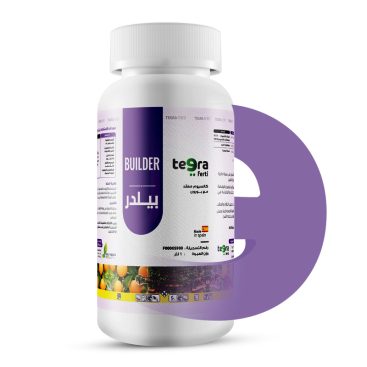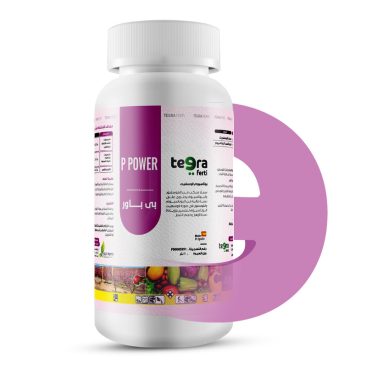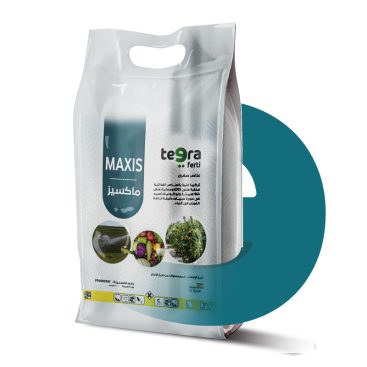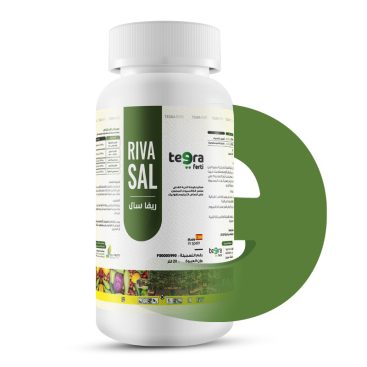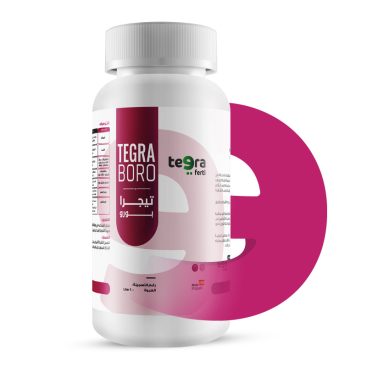Composición
| Composición química | peso / volumen | Fuente |
|---|---|---|
| Ácidos húmicos totales | 71.66 % | Rocas de leonardita |
| Ácidos húmicos | 61.04 % | Rocas de leonardita |
| Ácido fúlvico | 10.62 % | Rocas de leonardita |
| Potasio (k2O) | 9.86 % | Hidróxido de potasio |
| PH | 8.72 |
| Características de Humix |
|---|
| It is characterized by containing total humic acids at a concentration of 71% in its form (potassium humate) that is quickly soluble in water. |
| Humic acids improve the physical and chemical properties of the soil, which improves the biological properties. |
| It works on the disintegration of clay soil and improves the texture of the soil and increases the permeability of the soil to water and fertilizers and facilitates its access to the roots of plants. |
| It increases the soil’s cation exchange capacity (CEC) and increases its ability to retain water and nutrients, especially nitrates, and prevents its washing into groundwater. |
| It has an effective and influential role in improving soil quality. |
| It facilitates the nutrients of the plant in a form suitable for absorption. |
Tasas de uso para pulverización foliar:
| La cosecha | tasas de uso |
|---|---|
| Árboles frutales – manzana – melocotón – albaricoque – cítricos | 6-10 kg/ha/temporada (1-2 kg al inicio de la siembra, luego 1-2 kg cada 20 días) |
| Alfalfa – cultivos forrajeros – palma | 6 – 10 kg/ha/temporada (2 kg de enero a marzo, luego 1-2 kg cada 15 días, luego 3,5-5 kg/ha) y repetir según necesidad |
| verduras – patatas – remolachas | 6 – 10 kg/ha/temporada (1-2 kg inmediatamente después de la siembra, luego 1-2 kg cada 10 días) |
| palma – olivo | 6-10 kg/ha/temporada (1-2 kg al inicio de la siembra, luego 1-2 kg cada 20 días) |
| Las casas protegidas | A partir de 0,5: 1 kg/1000 m y repetir 3 veces durante la temporada. |
| Cultivos de campo – frijoles – granos – maíz – trigo | 6-10 kg/ha/temporada (1-2 kg inmediatamente después de la siembra, luego 1-2 kg cada 15 días) |

